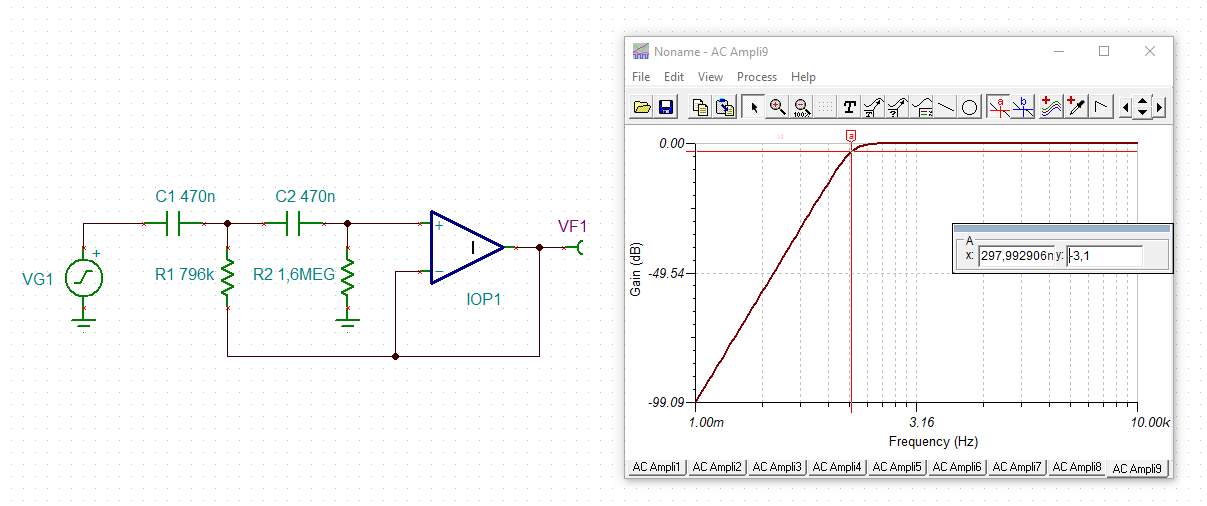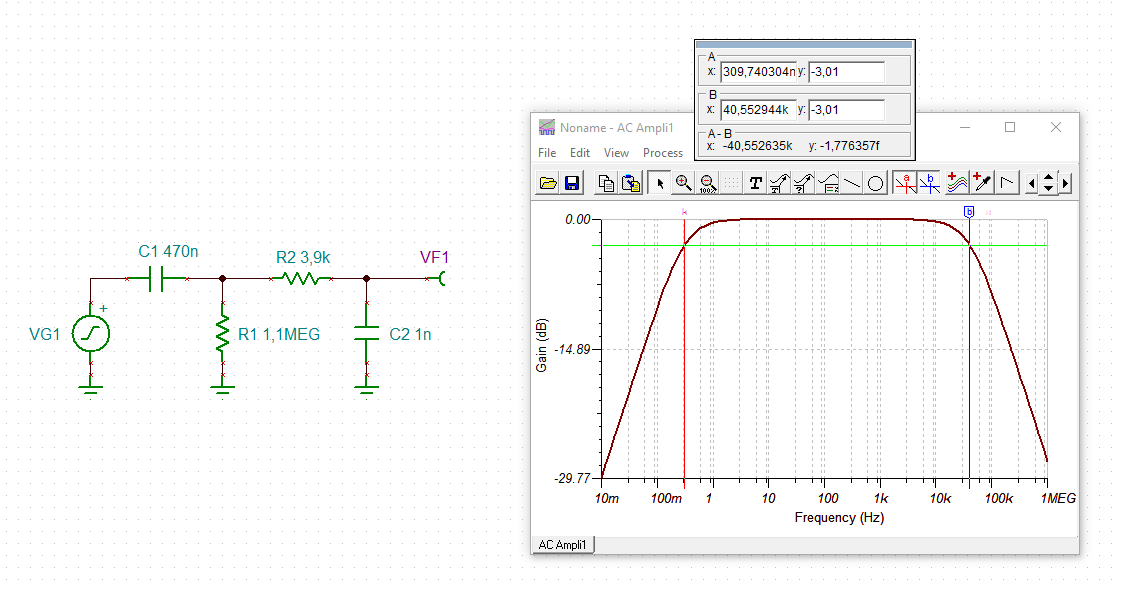We need to know if there exist any TI off the shelf Band-pass filter integrated circuit (IC) for IEPE sensors.
Currently, we have designed the Band-pass filter circuit using cascaded Low-pass filter (LPF) and High-pass filter (HPF) circuit. we used dual channel operational amplifier IC with external resistors and capacitors to implement LPF and HPF.
But we need smart solution for it. I hope you can understand our scenario and can help us.



